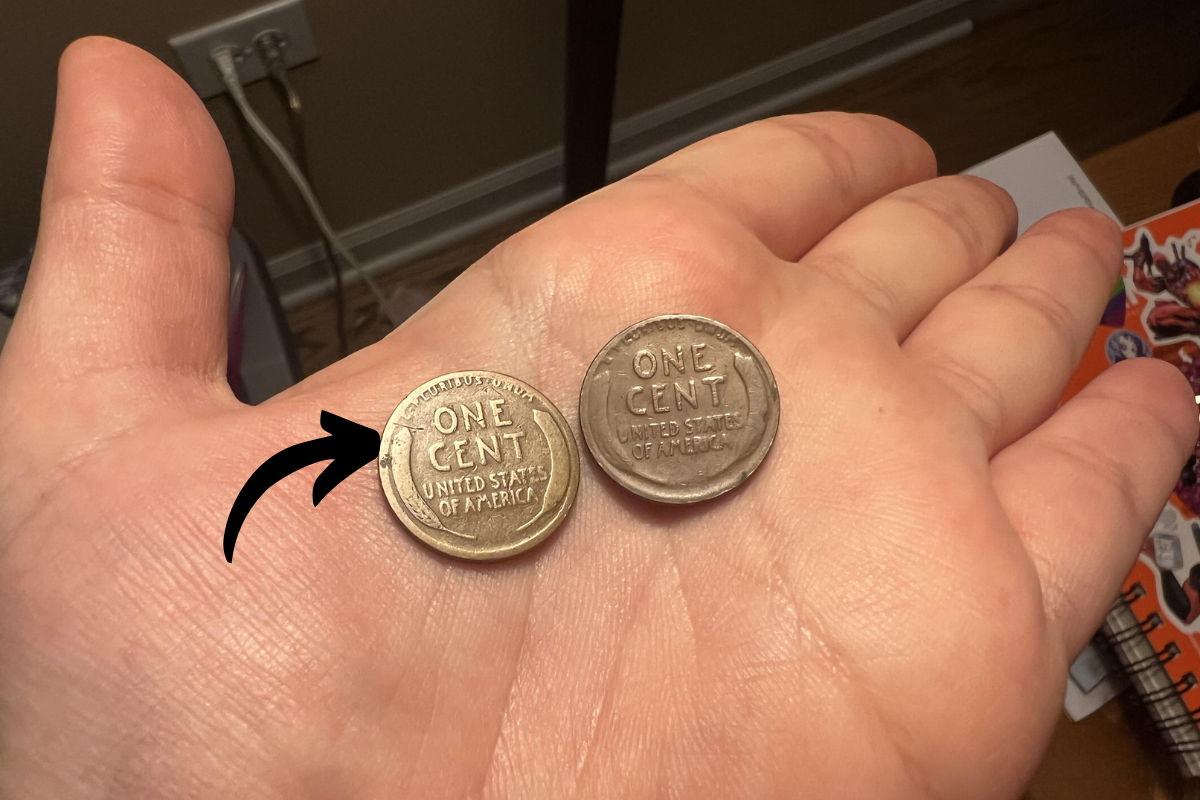Some coins are just worth their face value, but others have stories that can turn them into treasures. The Lincoln Wheat Penny is one such coin. While most of them are valued at a few cents or a few dollars, one rare penny is worth a jaw-dropping $333 million.
But what makes this coin so special? And is there a chance you could find one in circulation today? Let’s dive into the history and rarity of this famous penny.
What Is the Lincoln Wheat Penny?
The Lincoln Wheat Penny, also called the “Wheatie,” was first minted in 1909 and continued to be produced until 1958. Its name comes from the design on the reverse (back) side of the coin, which features two stalks of wheat framing the words “ONE CENT.” The front of the coin displays the portrait of Abraham Lincoln, making it the first U.S. coin to honor a real person.
Why Is One of These Pennies Worth $333 Million?
Not every Wheat Penny is worth a fortune, but some versions have become legendary among collectors. Here’s why one particular Lincoln Wheat Penny fetched such an astronomical value:
1. Rarity
The coin in question is a 1943 Lincoln Wheat Penny made of copper. During World War II, the U.S. Mint primarily used steel to make pennies to conserve copper for wartime production. However, a small number of copper pennies were accidentally minted. These are extremely rare, with only a few known to exist.
2. Historical Importance
The 1943 copper penny tells a unique story from the wartime era, making it highly desirable among collectors. Because of its historical connection, this penny holds a place in numismatic (coin collecting) history.
3. Auction Prices
A 1943 copper Lincoln Penny sold for $333 million at auction, setting a record for the most expensive penny ever. Collectors are willing to pay this much due to its rarity, condition, and the intense competition among buyers.
Are Lincoln Wheat Pennies Still in Circulation?
Yes! While the rare 1943 copper penny is unlikely to be found in everyday pocket change, regular Lincoln Wheat Pennies can still occasionally be discovered.
They were widely produced, so finding one from the 1940s or 1950s in circulation is possible. These common ones typically have values between ₹5 and ₹100, depending on their condition and mint year.
If you’re lucky enough to spot one from 1943, especially one made of copper rather than steel, you might just strike gold—or copper, in this case.
How to Identify a Valuable Wheat Penny
1. Check the Year and Material
- If the coin is from 1943 and made of copper (not steel), it’s highly valuable.
- Steel pennies are magnetic, but copper pennies are not. You can use a small magnet to check the difference.
2. Look for Mint Marks
- Coins with mint marks like “D” (Denver) or “S” (San Francisco) can be worth more, depending on their rarity.
- Some misprinted or error pennies can also have increased value.
3. Examine the Condition
- Coins in mint condition or those without scratches, wear, or damage can fetch higher prices.
Can You Really Find a $333 Million Penny in Circulation?
While the possibility exists, the chances of stumbling upon the famous 1943 copper penny are extremely slim. Most of them have already been found and sold.
However, it doesn’t hurt to keep an eye on your change. Even if you don’t find the jackpot, you might still discover a valuable coin worth hundreds or thousands of rupees.
The Lincoln Wheat Penny is more than just a coin—it’s a piece of history. While most are only worth a small amount, rare ones like the 1943 copper penny can fetch astronomical sums. If you’re into coin collecting, it’s always a good idea to check your change. You never know—one lucky find could change your life.
FAQ’s
What makes the 1943 copper Lincoln Wheat Penny so valuable?
The 1943 copper Lincoln Wheat Penny is valuable due to its extreme rarity. Most pennies made that year were steel, but a few were accidentally minted using copper. This mistake makes these coins highly sought after by collectors, with one selling for $333 million at auction.
How can I identify if my 1943 penny is made of copper?
You can identify a 1943 copper penny by checking its weight and magnetism. Copper pennies are non-magnetic and weigh about 3.11 grams, while steel pennies are magnetic and lighter. Using a small magnet is a quick way to test the difference.
Are Lincoln Wheat Pennies still in circulation?
Yes, many Lincoln Wheat Pennies from the 1940s and 1950s can still be found in circulation. However, the rare and valuable 1943 copper penny is much harder to come across. If you find one, it could be worth a fortune.
What should I do if I think I’ve found a valuable penny?
If you believe you’ve found a rare Lincoln Wheat Penny, such as a 1943 copper penny, have it professionally appraised by a numismatic expert or coin grading service. They can verify its authenticity and value.
Are other Lincoln Wheat Pennies worth money?
Yes, several Lincoln Wheat Pennies are valuable depending on their year, mint mark, and condition. While common ones may only be worth a few rupees, rare editions, errors, or well-preserved coins can fetch higher prices.
